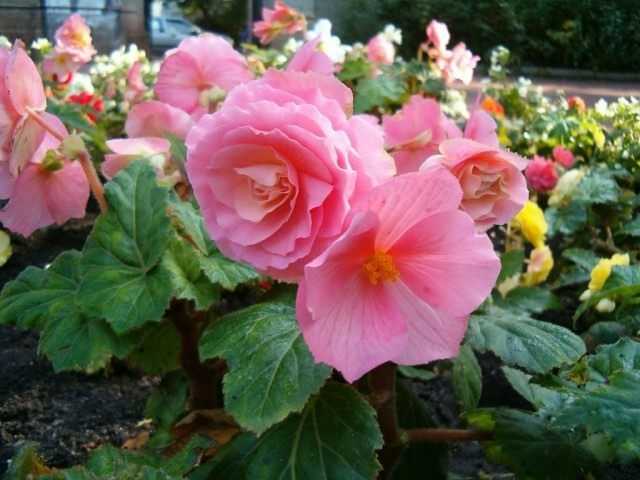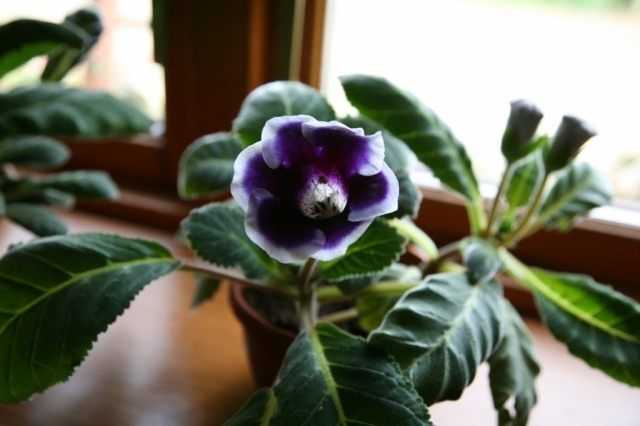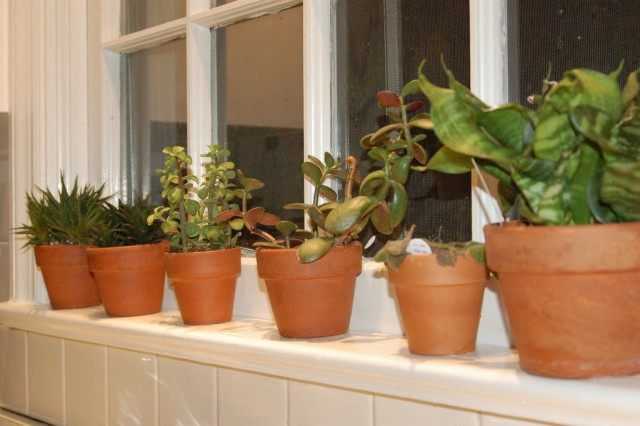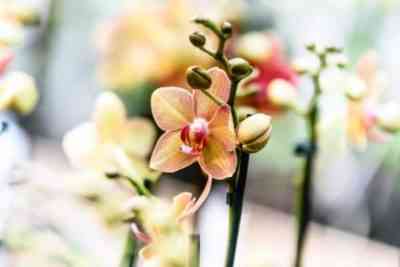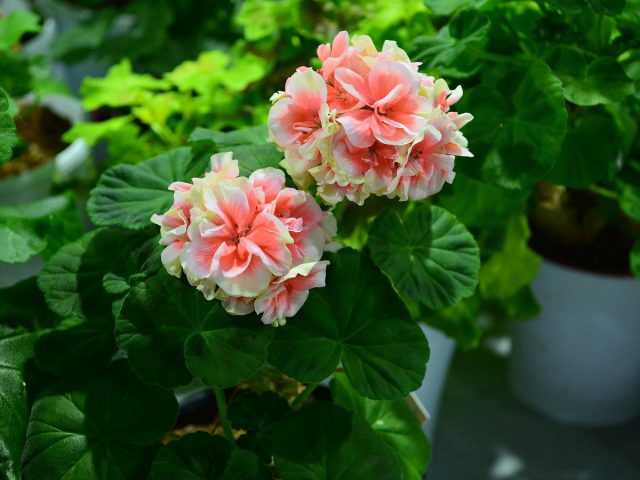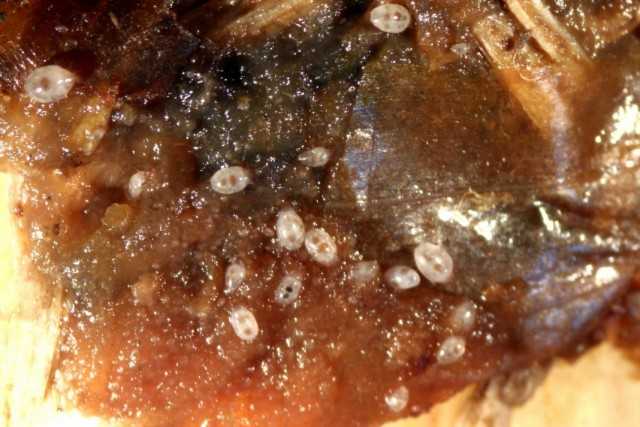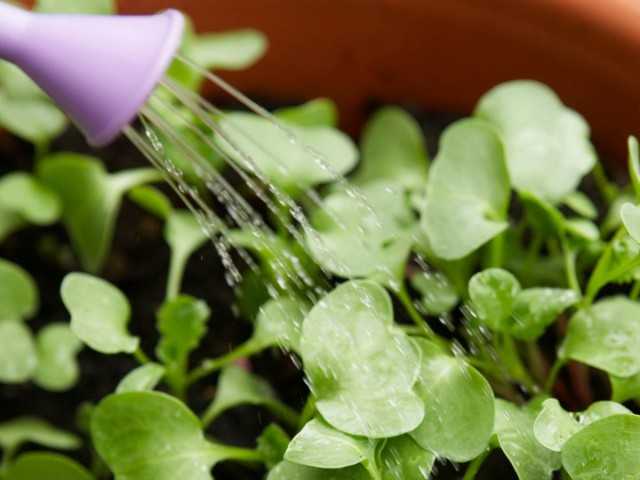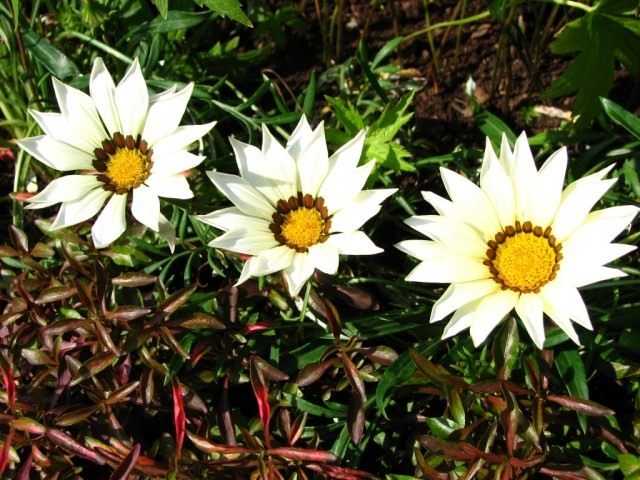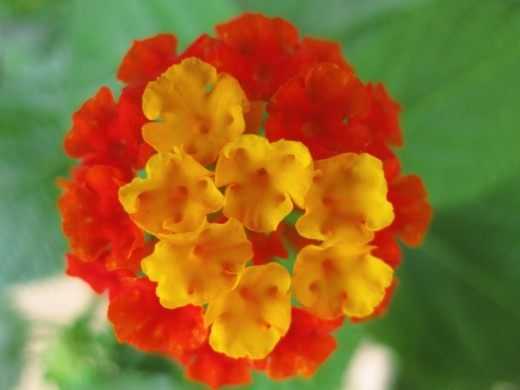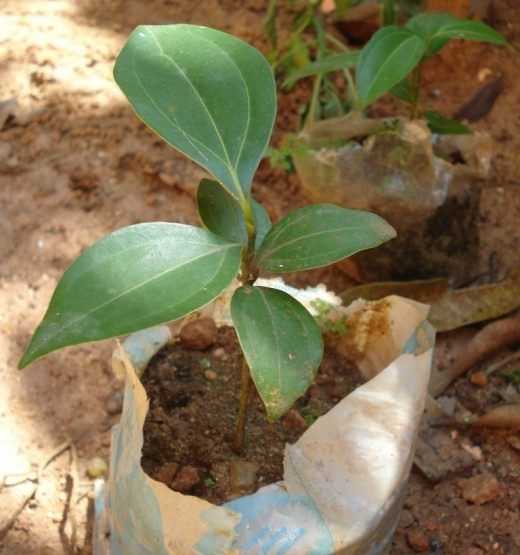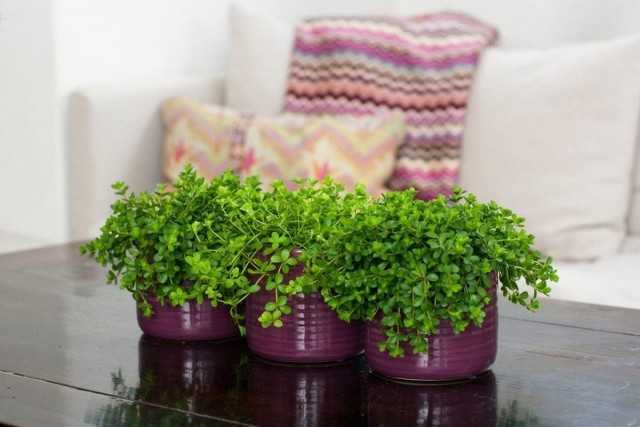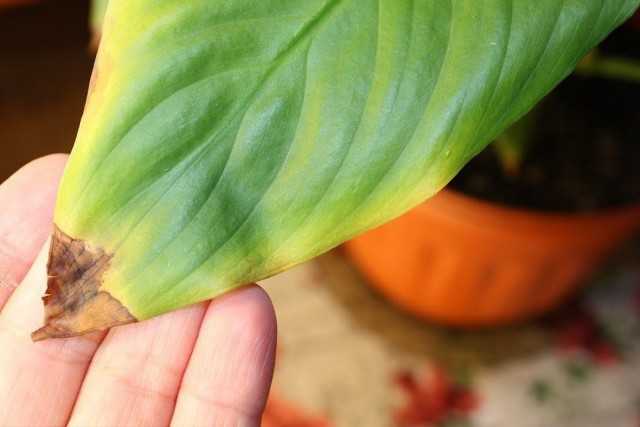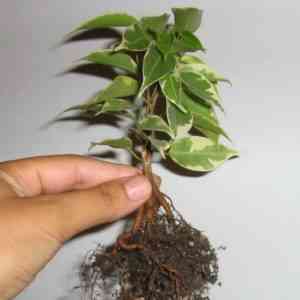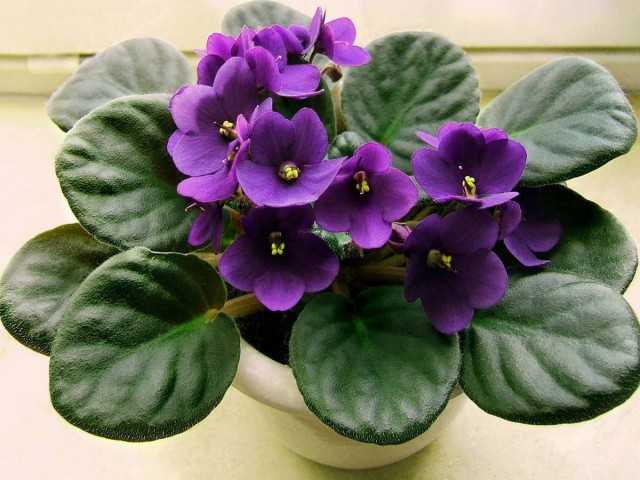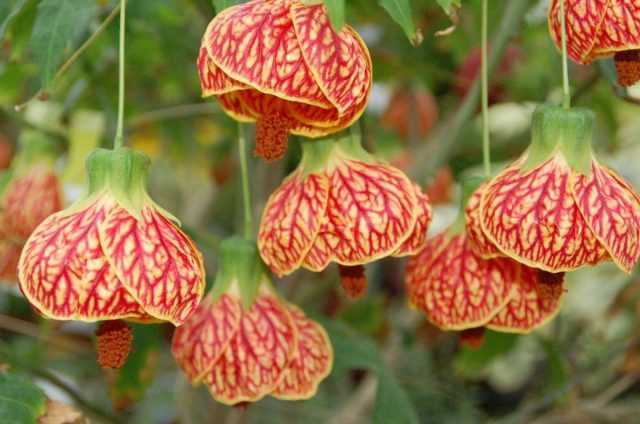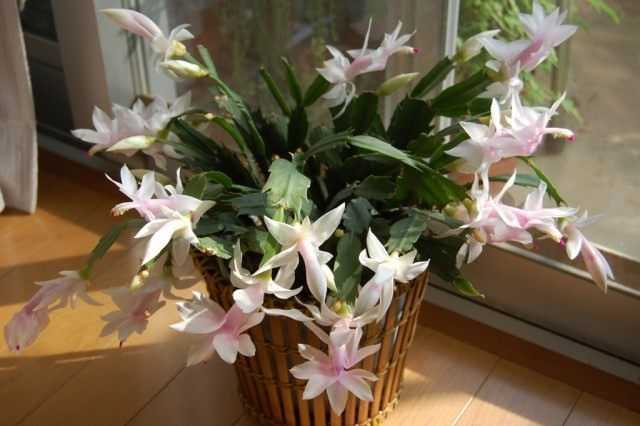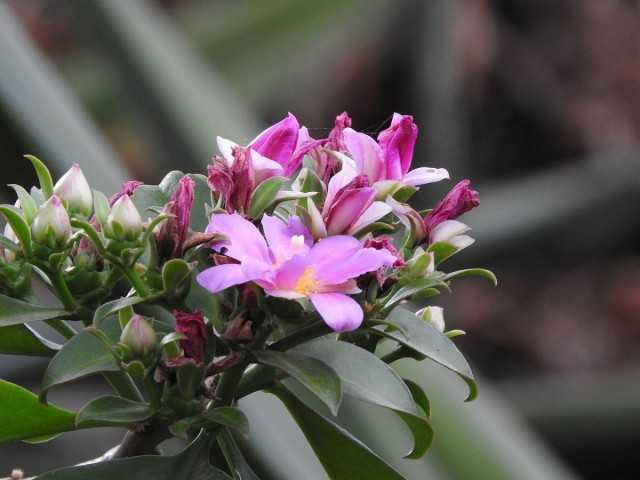The charming Saintpaulia is prized primarily for its flowering. But the beauty of symmetrical, neat, miniature rosettes made of luxurious velvet leaves should not be underestimated. Any deviations in the development of greenery in these romantic and bright “living bouquets” are immediately striking. Despite the ease of maintenance, deformation in Saintpaulias is not such a rare phenomenon. Lopsided rosettes falling apart, twisted leaves, bumpy petioles, and other shape problems do not always indicate maintenance problems. But you should not ignore the deformation of your favorite violets.
Deformation in Saintpaulias – what is the reason and how to solve the problem?
Contents:
Deformation of the rosette and leaves in usually equilateral, elegant rosettes hopelessly spoils the impression of ideality and cuteness, for which Saintpaulias are so fond. Fortunately, the causes of the “curvature” in violets are usually very easy to identify. But it is not always easy to eliminate: in order to return the plant to its shape, you will have to be patient, and sometimes grow a new young plant to replace it.
Three factors can lead to loss of shape in home violets:
- Lack of basic care.
- Age-related changes – natural aging of the rosettes.
- Pest infestation or disease.
Let’s try to understand in more detail the possible reasons and means of returning decorativeness to the Saintpaulias.
Maintenance slips that cause deformation of the outlets
Young and healthy Saintpaulias are most often deformed due to the lack of the simplest element of proper care – regular turning in relation to the light source. These are light-dependent plants that prefer uniform illumination. Violet aficionados, who collect entire collections, usually equip special racks for them with soft and uniform, controlled lighting. When grown on a windowsill, violets have to be turned manually so that all parts of the rosettes receive their “portion” of light.
For convenience, the pots can be marked with a special “starting point” mark, which they are guided by when turning. To form symmetrical rosettes of the plant, you must always turn the saintpaulias in one direction, clockwise or counterclockwise, focusing on the shape and growth of the plants. There are no strict norms: with strong deformation, the plant is displaced more and less often, leaving the “bare” sides in the light longer. A 90 ° offset every 3 days is great for easy symmetry maintenance.
Other “blunders” can also cause deformation of the plant:
- growing in too cold conditions, at temperatures below 18 degrees;
- excess light and direct sun (overexposure), which causes tuberosity, curvature of the leaves;
- too low planting, with deepening of the petioles of the lower row of leaves;
- the use of fertilizers not intended for violets or too frequent, more often 1 time in 3 weeks, or too concentrated fertilizing (excess nitrogen causes rapid growth with hard, brittle, too large young curved leaves that abut against the next rows, and excess phosphorus deforms young leaves );
- lack of transplants.
Sometimes the buds of Saintpaulias are deformed, and the flowers, falling off, have not bloomed completely – due to an excess of nitrogen and in an overly acidic soil.

Read more about this popular plant in the article Saintpaulia, or Uzambara violet.
Saintpaulias are getting old too
With age, Saintpaulia rosettes change irreversibly. On average, violets retain their decorativeness and compactness for 2-3 years, then they lose their neat shape. Falling lower leaves and constant growth leads to a natural raising of the rosette – lengthening of the shoot and the formation of a “neck” or “leg”, which not only spoils the appearance, but also makes the rosette unstable.
You can partially prevent the problem by deepening the plants a little during transplanting each time – to the lower leaves. But this method will work only if the trunk does not exceed 1-2 cm in length, and deepening is associated with an increased risk of decay.
If the trunk is very elongated, crusting has begun on it, in-depth planting will not solve the problem: the violet will have to be rejuvenated. Of course, the plant can simply be replaced with young ones grown from Saintpaulia leaves, but it is much easier to re-root the outlet. It is quite simple to do this:
- The rosette is cut off above the soil, leaving the trunk.
- The brownish skin is carefully removed from the surface of the stem. Having examined the rosette, the lower part is given stability and symmetry, removing, if necessary, the oldest leaves and buds.
- The trunk is cut to a length of 2 cm, dried, sprinkling the cut with charcoal.
- The rosette is installed in a stable glass or jar, pouring clean, filtered water so that the trunk is immersed in it to the lower leaves (but not the growing point). You should not use rooters for Saintpaulias.
- By keeping the water level constant, a good tuft of roots is awaited.
- The rosette is planted, carefully spreading the roots, setting it in the substrate to the level of the lower leaves, not too deep.
You can also root the rosettes in the substrate under the hood.
Some varieties of Saintpaulias produce so many daughter rosettes that, due to thickening, inevitably leads to their twisted growth. If the Saintpaulias are not separated in a timely manner, then even young rosettes will suffer and will be prone to uneven development after planting.
It is better to separate children from Saintpaulias when 4-7 leaves and good roots of their own are formed on them, preventing them from overgrowing. They are planted in small cups or pots, observing the general rules for planting Saintpaulias.

Saintpaulia pests and diseases
Deformation caused by pests on Saintpaulias often has similar symptoms. If you suspect, it is better to arm yourself with a magnifying glass and try to examine the insects: although you will often have to deal with them in similar ways, the number of treatments and related measures is a little different.are running.
The most obvious deformation in Saintpaulia is always caused by nematodes:
- soil nematodes when using non-disinfected substrate and overflow are not uncommon; causing damage primarily to the roots, they cause weakening and lethargy of plants, curvature and thickening of the stem, growth arrest or the development of defective young leaves and buds; only an emergency transplant with complete cleaning and treatment of plant roots in a solution of insecticides can help with soil contamination, and in case of serious damage, the destruction of old bushes with the growth of replacements from healthy leaves;
- leaf nematodes are easier to recognize: growths, swellings appear on the veins and petioles of the leaf, the growth point dries out or deformed leaves grow from it, gradually more and more greenery begins to bend, turn yellow and die off; 3-5 sprays with systemic insecticides (for example, Actellicom in the maximum allowable concentration) will help.
Twisting, curling of peduncles, flowers with buds and tender young leaves always leads and aphid… In the initial stages, a pest can be suspected by deformation of individual petals and yellowing spots, but usually aphids give out a sticky bloom. It is better to remove the affected leaves and peduncles, but you still cannot do without repeated treatment with systemic insecticides (biological agents, special sprays, and systemic drugs like Actellik or Fufanon are effective).
Shchitovka on saintpaulias it is easy to spot it with the naked eye. They settle along the veins, on the petioles, in the nodes of the leaves, leading to exhaustion, deformation and gradual drying out. On this plant, only spraying with any systemic insecticide will help to cope with insects.
Read also our article How to rejuvenate a violet?
It is rare when it is possible to distinguish signs of a specific species on Saintpaulias. ticks – cyclamen, strawberry, etc., because they appear similarly. Usually, the first sign is a “freezing” of the center of the outlet, but there are other symptoms:
- the development of curved, crowded, as if at times decreasing in size and very fragile young leaves, which gradually turn yellow and die off;
- old leaves seem to shrink from the inside out, become tough, brittle, yellowing spreads over the plant from the point of growth;
- ugly shapes of buds and flowers.
Deal with cyclamen tick and his relatives can only be done with insecticides (for example, “Decis”, by dipping or spraying under a hood). If 1-2 treatments do not give a result, it is better to destroy the Saintpaulias.
If saintpaulias are kept in hot, very dry air or near heating appliances, they become easy prey and are much more common. spider mites… On velvet leaves, the plaque of the finest cobwebs is clearly visible, but it shows pests and a general weakened state and growth retardation. Success cannot be achieved without increasing air humidity. We’ll have to arrange for the violets and a warm shower, and an insecticide treatment.
Mealybugs easily identified by white “cotton” lumps, first appearing at the base of the petioles, and then on the very leaves. But even more of them are given by an asymmetrical mosaic of white dots in puncture points, around which leaf tissues quickly begin to deform.
Non-developing new leaves, as if transparent old, falling unblown buds require quick measures – spraying with a systemic insecticide (“Mospilan”, “Aktara”), although visible pest nests can be removed by hand with a cotton swab dipped in alcohol.
Western flower thrips, like its relatives, causes a curvature of the growth point and deformation of young leaves in Saintpaulias, which seem to twist inward. But the pest is not given out by brown lines-dashes on the leaves, but by pollen on the petals, waking up from the affected anthers and often supplemented with spots on the petals turning brown at the edges. Treatment with insecticides (Fitoverm, Vertimek) begins after removing all peduncles and is repeated every 4-5 days.
Unlike pests, diseases on Saintpaulias rarely manifest themselves in deformation. AND rotand mučnistaâ rosa declare themselves with spots and bloom, gradually causing the death of leaves, buds and flowers. But there is also an exception.
Leaf bronzing virus, which is recognized by its translucent, oak-leafed patterns, causes a progressively increasing deformity in both growth and leaves. Most often, this virus is associated with infection with thrips. Violets affected by the bronzing virus should be discarded immediately.
